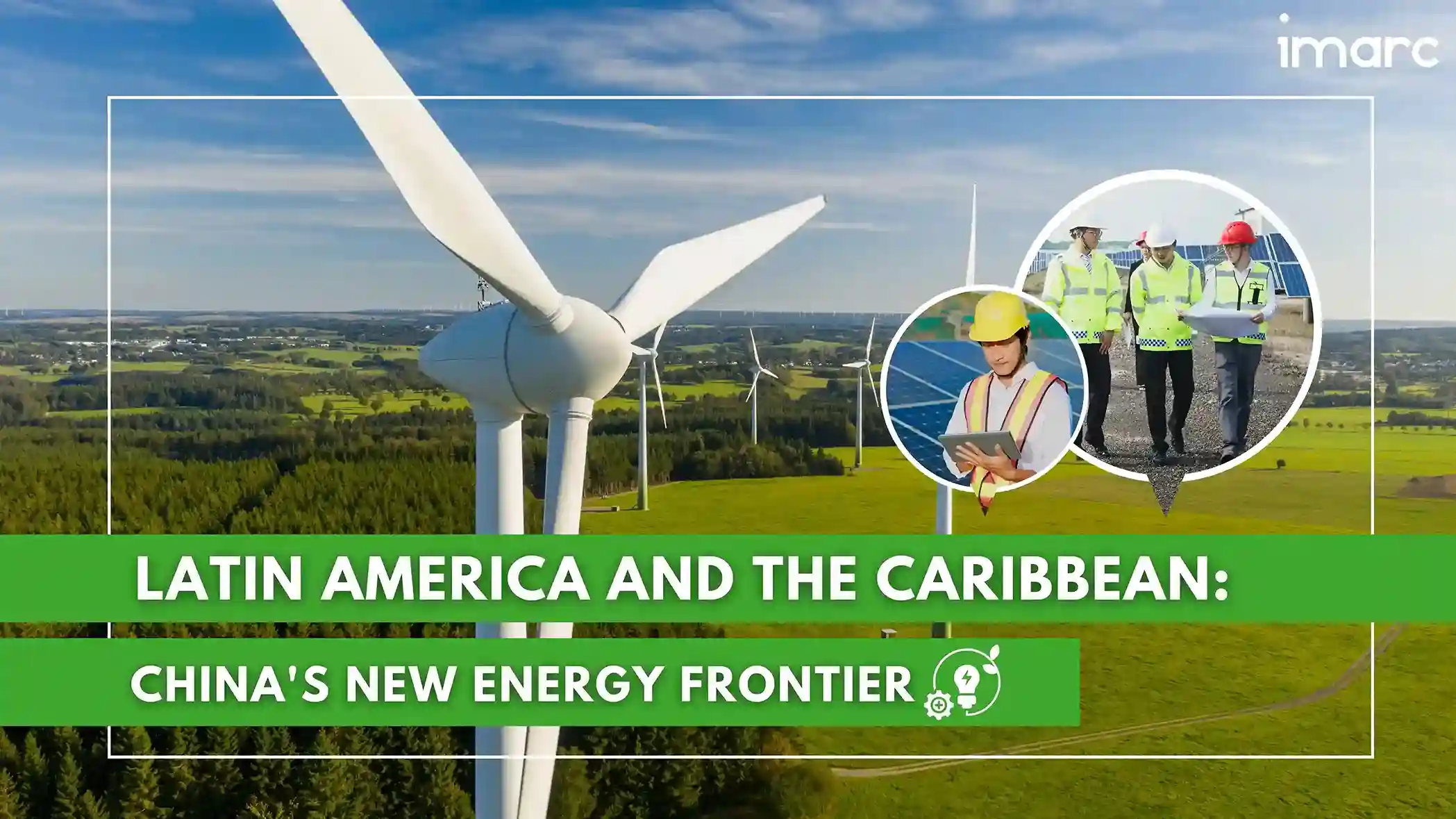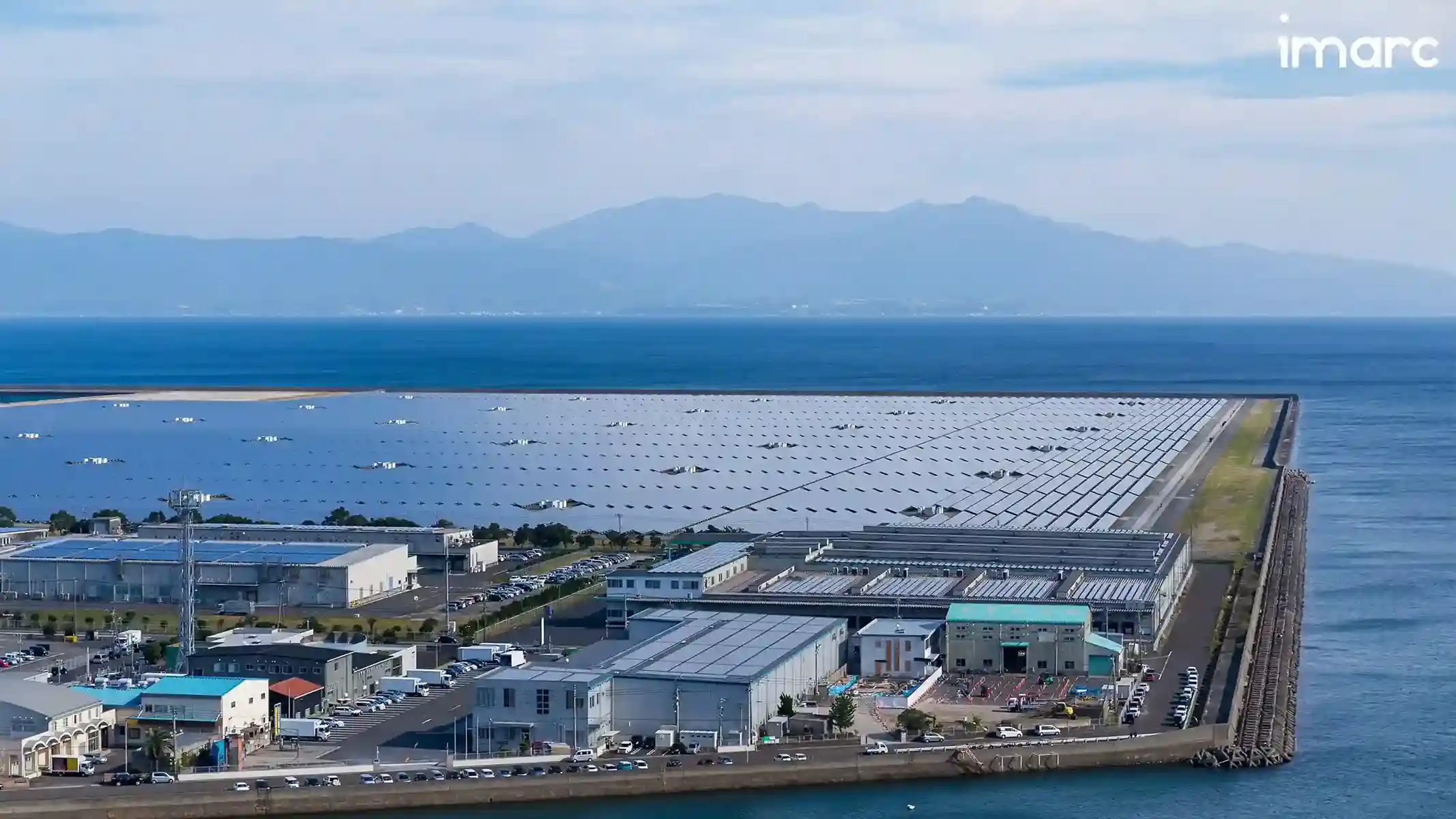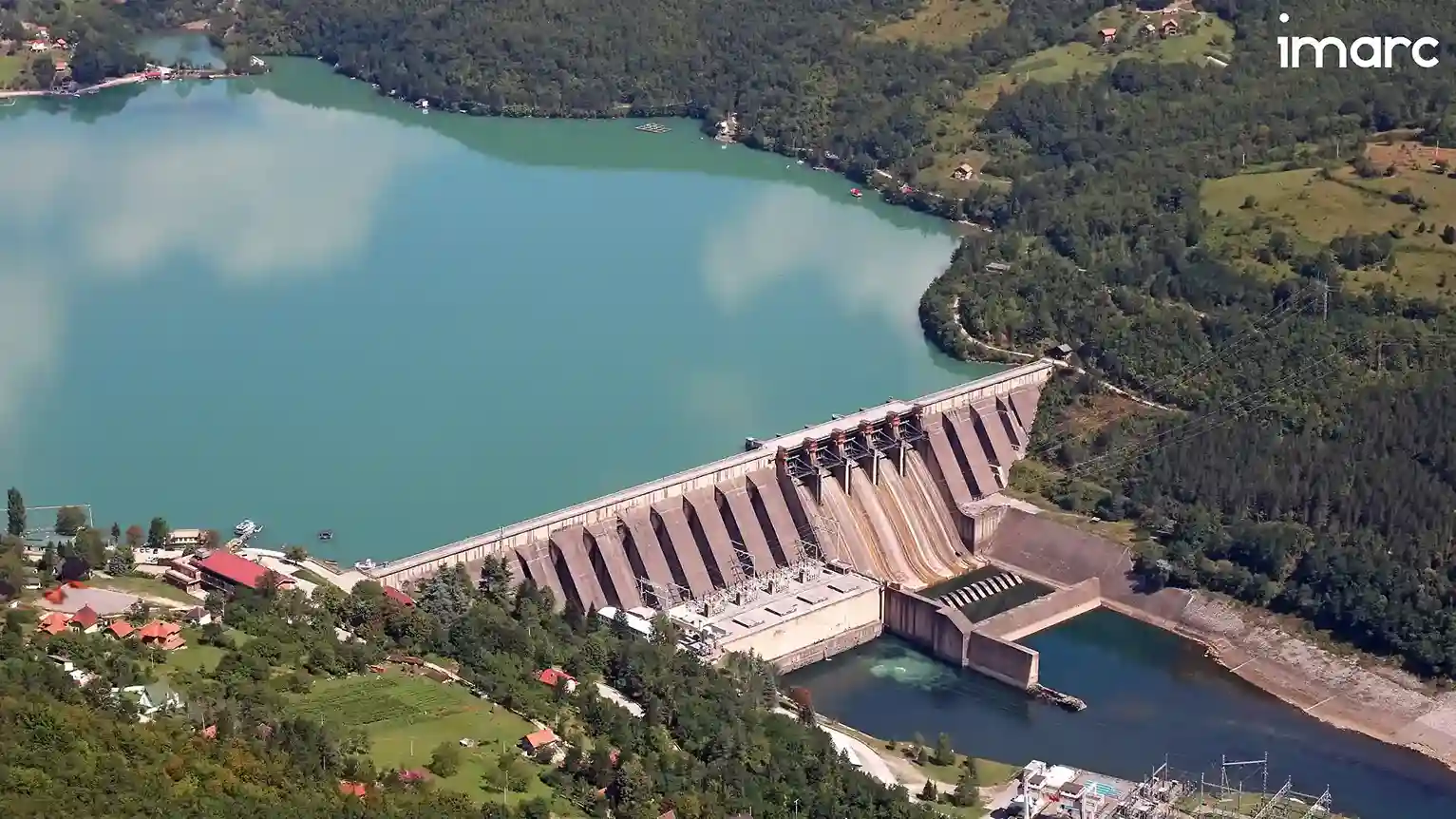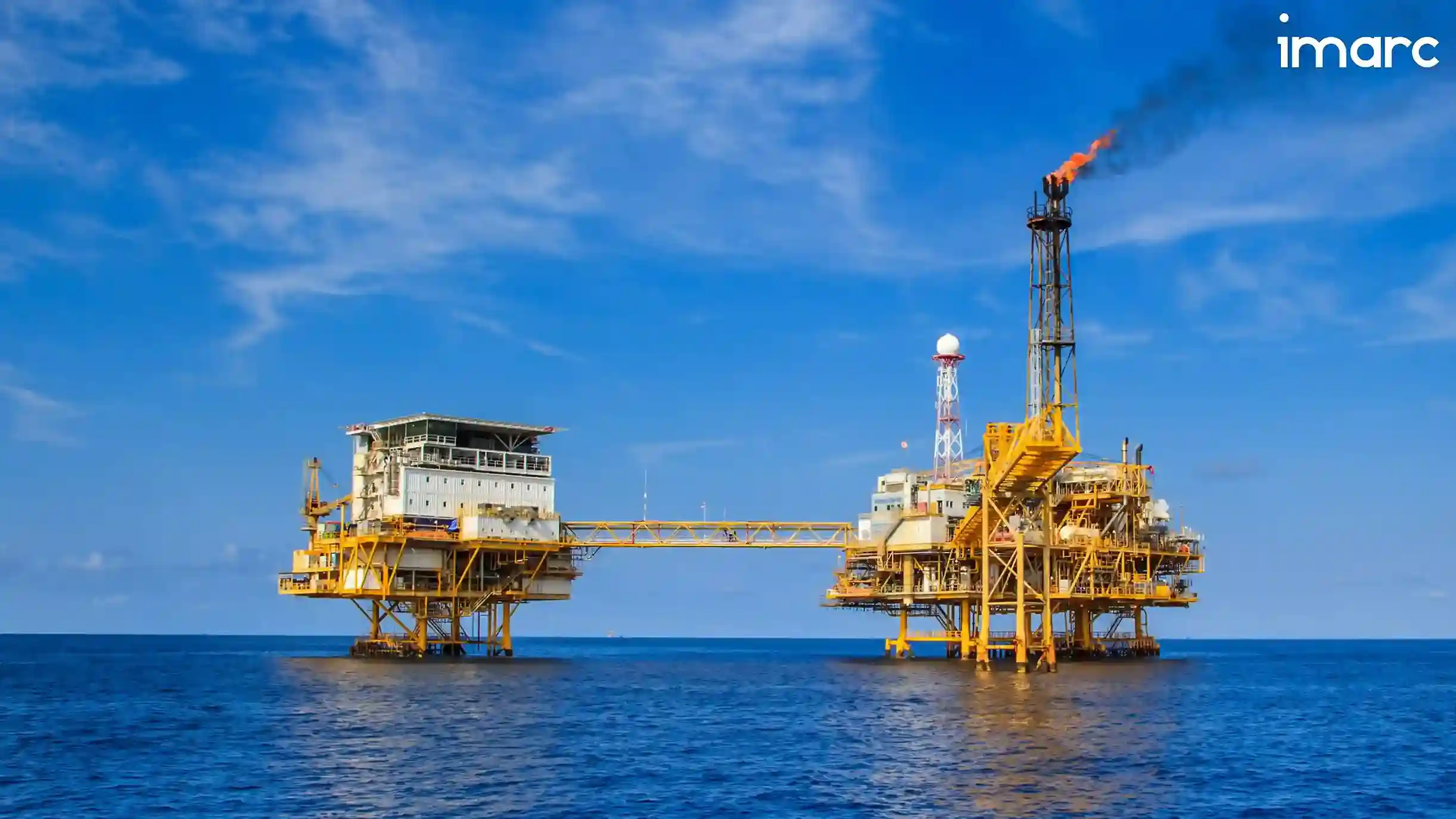Latin America and the Caribbean: China's New Energy Frontier

China's economic presence is expanding globally, and Latin America and the Caribbean (LAC) have become a focal point for its investments, especially within the energy sector. The region, rich in natural resources and experiencing rising energy demands, offers strategic opportunities for Chinese energy giants looking to invest and expand. LAC is currently leading a transformative movement towards sustainable energy. From 2015 to 2022, the region increased its renewable energy capacity by an impressive 51%, now generating 64% of its electricity from renewables such as hydropower, wind, and solar. This shift addresses the global demand for cleaner energy while supporting local economic growth and enhancing energy security.
However, despite these advancements, there is still a significant challenge: approximately 16.2 million people in the region lack access to reliable electricity. By further expanding renewable energy infrastructure, LAC aims to meet these essential needs, reduce environmental impact, and bolster economic development. The synergy between China's investment capabilities and LAC's renewable energy ambitions presents a powerful partnership opportunity. This collaboration is poised to drive significant progress in the region's quest for energy sustainability and economic resilience.
Strategic Partnerships and Investments: China's Role in LAC's Development
Chinese companies hold a commanding position in the global energy market, particularly in the production of solar panels, electric vehicles (EVs), and lithium batteries. Remarkably, China is responsible for over 80% of the world's solar panel exports, 50% of lithium battery production, and more than 20% of electric vehicle manufacturing. In LAC, these sectors represent 58% of China’s foreign investment and account for over 60% of projects announced by Chinese manufacturers in the region.
In LAC, China has established free trade agreements with key nations such as Chile, Ecuador, Costa Rica, and Peru. Moreover, more than 21 Latin American countries are engaging in business ventures through China's Belt and Road Initiative (BRI). This ambitious initiative focuses on bolstering infrastructure by funding power plants, roads, and airports, and providing substantial loans to developing nations.
By 2023, China had extended a total of 133 loans amounting to US$ 120.3 billion to the LAC region, with a significant 78.2% directed towards the energy sector. This substantial financial support underlines China's strategic interest in shaping the energy landscape of LAC, demonstrating a robust commitment to facilitating regional development and sustainable energy initiatives.
Key Energy Sector Investments by China in LAC
Solar Power
Latin America has become a focal point for Chinese investment in renewable energy, particularly in solar power. Brazil, Chile, and Mexico have seen a surge in renewable energy deals, largely driven by Chinese companies. Notably, eight of the top ten solar panel providers in the region are Chinese, including industry leaders like Longi and Jinko. A standout project is Argentina's Cauchari Solar Park, one of the largest in the region, constructed and financed by Chinese entities. Additionally, the Chinese-funded 81.6 MW Punta Sierra wind farm in Chile underscores the growing emphasis on diverse renewable sources.

Hydropower
Hydropower remains a cornerstone in the LAC, contributing significantly to the region's energy mix. In South America, it accounts for 45% of total electricity demand, and a staggering 67% in Brazil alone. Major projects like the Barrancosa and Cóndor Cliff dams in Argentina, and the Rosita project in Bolivia, continue to receive substantial Chinese funding. The Santa Cruz River hydropower plant represents a $5 billion investment, primarily financed by China Gezhouba Group Company.

Oil & Gas
China's role as a major oil consumer has led to significant investments in Latin America, particularly in Brazil and Venezuela. The Repsol Sinopec joint venture is at the forefront of developing significant oil and gas projects off the Brazilian coast, totaling over $10 billion in investments.

LAC Energy Landscape: A Hub for Diverse and Sustainable Investment
LAC stands as a vibrant mosaic of energy potential, marked by a rich mix of resources and a commitment to sustainability. The surge in renewable energy adoption is driving the evolution of regulatory frameworks designed to attract more private investment. Institutions like the Inter-American Development Bank (IDB) are pivotal, channeling substantial funds into regional projects and spearheading regulatory reforms.
Green Hydrogen: Fueling Climate Goals in LAC
With the global race towards net-zero emissions, nations such as Brazil and Chile are at the forefront, developing robust hydrogen strategies to leverage their renewable capacities. These initiatives are pivotal as nearly half of the countries in the region aim to achieve net-zero emissions by 2050, underscoring the need for substantial increases in clean energy investments.
Harnessing Natural Resources
Known as the 'lithium triangle', Argentina, Chile, and Bolivia are key players in the global lithium market, essential for battery manufacturing. Moreover, possessing the world's second-largest oil reserves, Latin America combines vast energy resources with significant market potential, making it an attractive arena for investors.
Leveraging Geographic Proximity to Key Markets
Strategically positioned near major markets like the US and Europe, Latin America is a pivotal gateway for global trade, particularly for companies looking to expand their reach. This geographic advantage enhances the region's appeal as a platform for international trade and investment.
Meeting the Surge in Energy Demand
As the region experiences a boom in energy needs across various sectors—from industrial activities like construction and mining to everyday residential and commercial use—the call for robust investments in the energy matrix has never been more urgent.
Future Outlook:
LAC is at a pivotal point in its energy transition, with significant opportunities in renewable energy and green technologies, but it must overcome investment and regulatory challenges to achieve its climate goals.
- Investment Gaps: Despite the growth in renewable energy, LAC's clean energy investment ratio is still below the global average. To meet climate goals, average annual clean energy investment needs to quadruple from the previous decade.
- Regulatory Barriers: The lack of integrated energy planning and regulatory frameworks hampers the transition. Many countries face challenges such as inadequate pricing, tariff schemes, and a lack of markets for auxiliary services, which are essential for implementing energy storage technologies.
- Economic and Fiscal Issues: High inflation, debt, and fiscal constraints in several LAC countries limit the capacity for investment in clean energy. Countries like Venezuela are in default, while others like Chile maintain upper-medium credit ratings, highlighting the disparity in economic stability across the region.
To achieve its climate goals, LAC must capitalize on its renewable energy potential while addressing the investment and regulatory challenges that currently hinder progress. This includes improving regulatory frameworks to attract private investment, enhancing energy efficiency, and ensuring that the transition is equitable and inclusive.
How IMARC Group Can Help Your Business Capitalize on the Energy Transition in LAC?
IMARC Group is your strategic partner in navigating the complex energy markets, focusing on sectors like solar, wind, and green hydrogen. Our expert analysts deliver in-depth market research, identify emerging opportunities, and offer a comprehensive suite of services including market entry, competitive intelligence, and regulatory approvals. We also provide essential support like factory setup, company incorporation, and recruitment services to ensure a smooth market entry and operational success.
By partnering with IMARC, you gain access to tailored strategies that align with sustainable development goals and capitalize on the growth potential of the energy sector. Let us help you harness these opportunities with our specialized services designed for maximum profitability and market impact. Connect with IMARC Group today to drive your business forward in the energy landscape.
Our Clients
Contact Us
Have a question or need assistance?
Please complete the form with your inquiry or reach out to us at
Phone Number
+91-120-433-0800+1-201-971-6302
+44-753-714-6104










